#sacques
Text
Kaylee Hilton fucked in front of boyfriend by bbc
Terrible cogida a zorra ardiente
Amateur Young Girl Drinks Own Piss
Sexy hoe got fucked so hard
Nande Koko ni Sensei ga!? Kana Kojima (3D HENTAI)
White girl muslim dick xxx Local Working Girl
Pinay new viral Cebu bago ko lang siya nakilala
big cock tranny Natalie Mars, Ella Nova
Outdoor piss with ass flash
UK Paki Ilford doggy
#outdoing#helotize#underprize#wolfish#Gertie#sharingwife#rectitis#indominitably#heyrat#Davant#reoutlining#omnivalous#Creation#tellies#monsam#Carrboro#gainliest#sacques#enako#frapping
0 notes
Text
1908 (June issue) Les Modes - Robe de diner par Beer - photo by Reutlinger. From gallica.bnf.fr; fixed flaws & spots w Pshop 1028X1958.
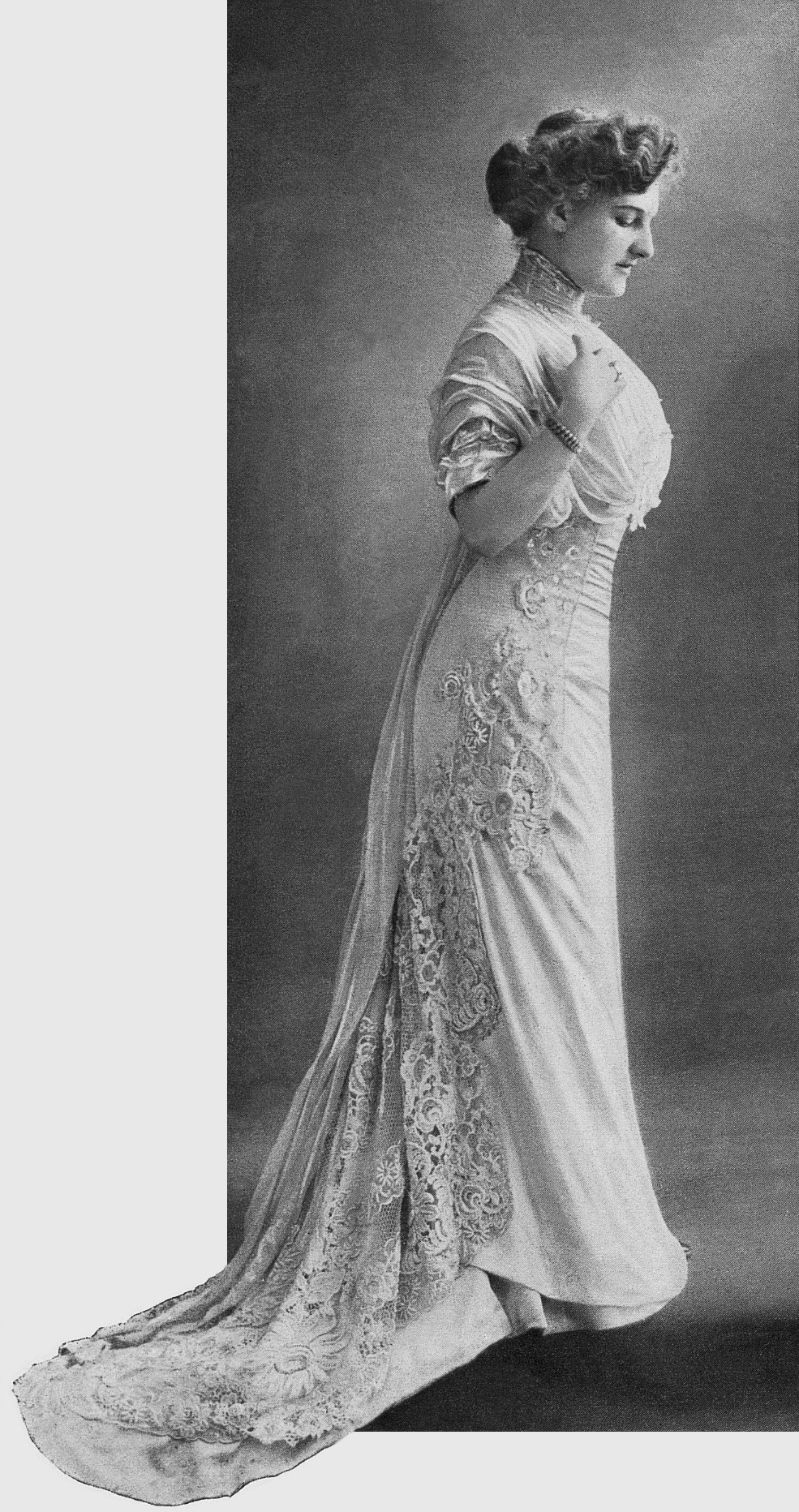
#1908 fashion#1900s fashion#Belle Époque fashion#Edwardian fashion#Beer#Reutlinger#dinner dress#clerical neckline#fichu#elbow-length sleeves#sacque back#close skirt#lprincess cut#parasol
7 notes
·
View notes
Text

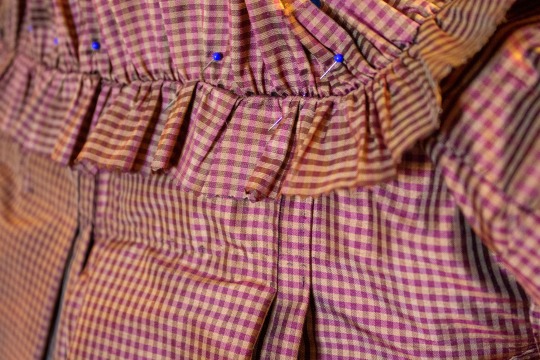

I’m slogging through hand sewing the trim for my sacque gown, so enjoy these detail shots. Trying to motivate myself, but whip gathering 300” of trim is kind of boring 😅
#historical fashion#18th century#rococo#1770s#1780s#18th century fashion#sewing project#sewing#hand sewing#historical costuming#modiste#robe a la francaise#sacque gown#sacque back gown
8 notes
·
View notes
Note
constance and aloysia's sisters have hte princess and the pauper dresses!
TRUE
#i forget what that kind of dress is called hang on#(i am looking in my american duchess book that i still have not returned to the library)#ok the princess and the pauper dresses are more like the sacque gown (aka robe a la francaise) the weber sisters dresses remind me more of#italian gowns#but they are somewhat similar!!!#like especially with the ruffles
5 notes
·
View notes
Photo


Just Do the Math: Knitting In Another Gauge
It is an odd thing but many people seem to veer away in terror from not very hard math. I once asked an excellent knitter (wearing a lace shawl with leaf motifs!) about reworking a knitting pattern because I could not hit gauge with the yarn I wanted to use, and she shied like a frightened horse and said, she has a knitting friend who could do that but she would NEVER try. In her book on writing patterns for knitting, Kate Atherley quotes a woman who seems irate that any pattern would tell her to make 12 decreases evenly distributed along a row, instead of telling her how many stitches between the decreases.
Notice we are talking about needing to do multiplication and division which are the kind of math we learned in grade school. The kind of math we started out learning with flash cards. Which makes me want to say, have a little respect for your brain: Just Do the Math.
So here is my doing the math on a baby sacque from the Good Housekeeping NEW Complete Book of Needlecraft, reprint of a 1959 edition with some added patterns in 1971. The original used “Baby wool” at 7 knit stitches to the inch and I had baby yarn given to me by a friend and could only get 5 stitches per inch even with small needles. I looked over the pattern, realized they had given the measurements which amount to a schematic in words and sketched it out. Then I went through the pattern and recalculated all the number of stitches given in the new gauge. So casting on of 60 stitches turned into 43, knitting 46 stitches until turning back with the white yarn became 33 stitches, then the 26 stitches slipped onto a holder for the side seam became 19, the sleeve itself meant casting on 30 stitches which became 21. You can always use a calculator for this kind figuring.
Vintage patterns from the 1950s usually offered no schematics, and no charts, and sometimes told knitters to just do the math. Some knitting books urged readers to feel free to choose a different stitch pattern and then do the math to make it work. I suspect the simplification of most patterns after the 1960s meant that younger knitters no longer got into the practice of doing the math. I also suspect that the idea of altering a knitting pattern seems more natural to me since I have been altering the schematics we call sewing patterns for many years.
I say we honor our knitting forbears and just do the math. There is little to lose and a whole world of design flexibility to gain.
#knitting#knitting patterns#vintage knitting patterns#writing knitting patterns#knitting gauge#just do the math#good housekeeping new complete book of needlecraft#vintage knitting#vintage knitting book#1950s fashions#history of knitting#garment design#kate atherley#baby sacque
12 notes
·
View notes
Text
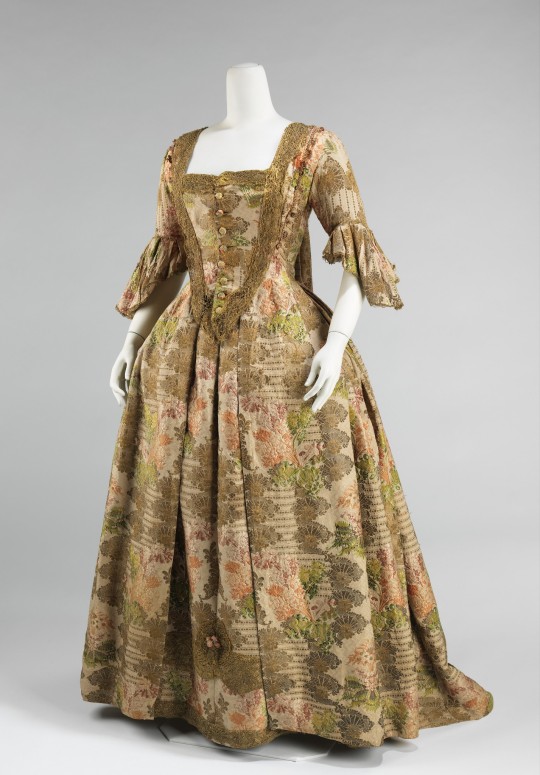

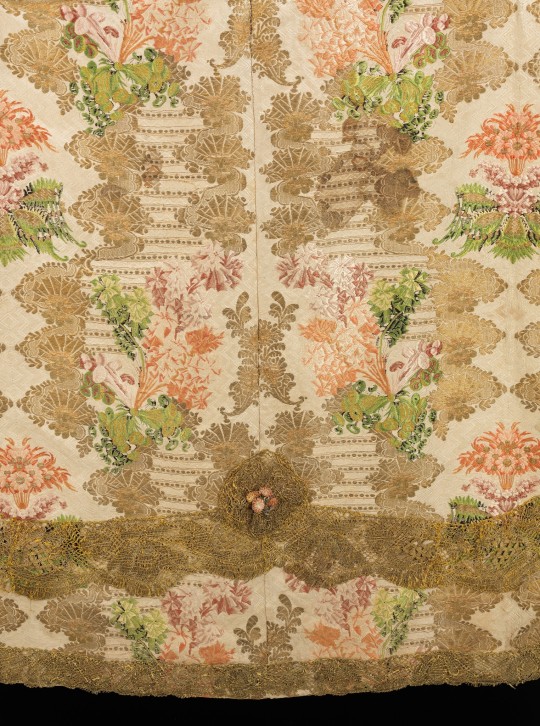
Title: Robe à la Française
Date: 1730–40
Culture: European
Medium: silk, metal
The MET Museum
This is an extraordinary example of weaving incorporating silver metallic threads in a very distinctive design. This textile was identified as an identical match to the textile of a gown worn to a Russian Imperial wedding in the in the 1730s.
Women with coquettish airs were imposing in robes à la française and robes à l'anglaise throughout the period between 1720 and 1780. The robe à la française was derived from the loose negligee sacque dress of the earlier part of the century, which was pleated from the shoulders at the front at the back. The silhouette, composed of a funnel-shaped bust feeding into wide rectangular skirts, was inspired by Spanish designs of the previous century and allowed for expansive amounts of textiles with delicate Rococo curvilinear decoration. The wide skirts, which were often open at the front to expose a highly decorated underskirt, were supported by panniers created from padding and hoops of different materials such as cane, baleen or metal. The robes à la française are renowned for the beauty of their textiles, the cut of the back employing box pleats and skirt decorations, known as robings, which showed endless imagination and variety.
74 notes
·
View notes
Text
Robe à la française
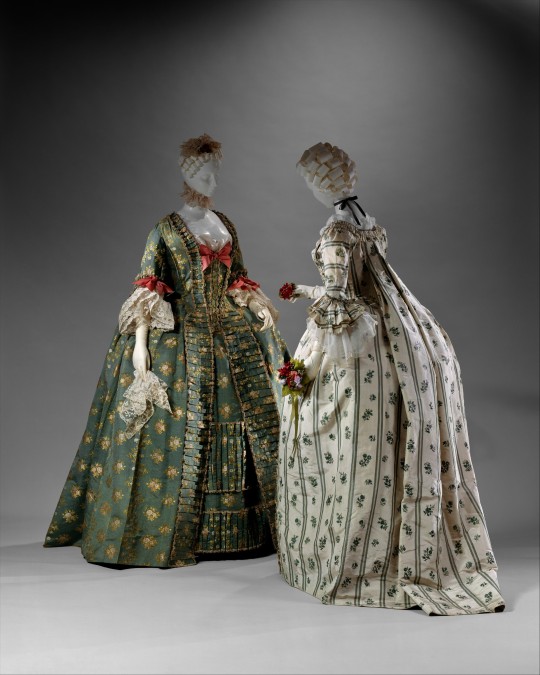
Also known as a sack-back gown. It was a women’s fashion of 18th century Europe. At the beginning of the century, the sack-back gown was a very informal style of dress. At its most informal, it was unfitted both front and back and called a sacque, contouche, or robe battante. By the 1770s the sack-back gown was second only to the court dress in its formality. This style of gown had fabric at the back arranged in box pleats which fell loose from the shoulder to the floor with a slight train. In front, the gown was open, showing off a decorative stomacher and petticoat. It would have been worn with a wide square hoop or panniers under the petticoat. Scalloped ruffles often trimmed elbow-length sleeves, which were worn with separate frills called engageantes. The casaquin (popularity known from the 1740s onwards as a pet-en-l’air) was an abbreviated version of the robe à la française worn as a jacket for informal wear with a matching or contrasting petticoat. The loose box pleats which are a feature of the sack-back gown style are sometimes called Watteau pleats from their appearance in the paintings of Antoine Watteau.
278 notes
·
View notes
Note
Hey Sydney, what do you think about the short story "The Storm" by Kate Chopin? Personally I'm a big fan ^^
I can’t believe the things you all keep recommending to me. First Marquis de Sade, now this, oh, truly what comes next?
…With that being said, I read this one. Thoroughly. (Perhaps should’ve asked Clara beforehand so she could warn me about the content, but… I powered through it.)
And I’ve gathered my bearings.
I’ve mentioned time and time again that sexually explicit literature isn’t what I prefer to read. Though… This wasn’t the most unpleasant read…? Chopin's prose and character dialect is that of 1898, but… I don’t know. I’d be lying if I said it didn’t captivate me. While I wanted to tear my eyes away from the text, I couldn’t & found myself needing to know what would happen next…!
Calixta wasn’t looking for Alcée’s arrival. She was hard at work before the storm arrived, so intently she didn’t notice the storm approaching. She wasn’t seeking Alcée or the affair. It just… happens.
The storm— and the stormy passion between the two of them comes and passes. Nothing changes after this encounter. In fact, everyone seems to be better off due to it? Bobint, Bibi, and Calixta remain a loving, joyous family? Alcée, his wife Clarisse, and their children are perfectly unaware and unbothered as well. Clarisse was “charmed” in fact, almost eager to have her husband stay away for longer.
I think that’s all what I find most troubling.
Personally, I’d describe myself to be hard working and devout. This whole scenario that Calixta finds herself in is such a nightmare for me.
What really stuck out was the description, “As she glanced up at him, the fear in her liquid blue eyes had given place to a drowsy gleam that unconsciously betrayed a sensuous desire.” I’ve witnessed that desire burn in people’s eyes before.
Or… “The generous abundance of her passion, without guile or trickery, was like a white flame which penetrated and found response in depths of his own sensuous nature that had never yet been reached.” So often, I find myself fretting that I’ll be overcome with desire and passion like this. To lose myself in the sinful feelings that everyone experiences.
Yet, the text never shames her for it. Never once did it deem her immoral for her actions. Through her infidelity, she still remains pure? Frequently, she’s described alongside white; the symbol of purity. Her bed is white, so is the sacque at her throat, even her… “round, white throat and her whiter breasts.” …
My God. It’s so frustrating. The story is so short, yet plainly describes feelings that I can’t begin to wrap my head around! I don’t think this will be leaving my mind anytime soon.
…I don’t know whether to thank you or be upset with you. Haha. :/
14 notes
·
View notes
Text
Victorian Fashion Rules: Riding in a Carriage
For driving in a handsome private carriage through the streets of a large city, or in the fashionable Park, the most elaborate out- door costume is expected. Richest silk, velvet, and lace, are all appropriate, and elaborate style and trimming are allowable. In summer, light, thin goods, shawls of white or black lace, dainty lace bonnets, gloves of light-colored kid, light, dressy boots, collars and cuffs of fine lace, and jewelry that is rich and tasteful, are all strictly appropriate for the full dress drive, while in cooler weath- er, the white velvet sacque, black velvet cloak, or rich wrap of any material may be worn. – The Art of Dressing Well

Ludwig Passini (Austrian, active in Italy, 1832-1903) • The Carriage Ride • Unknown date
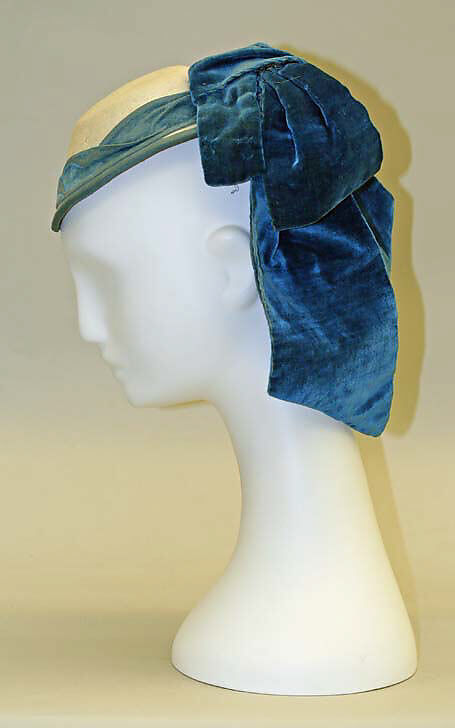
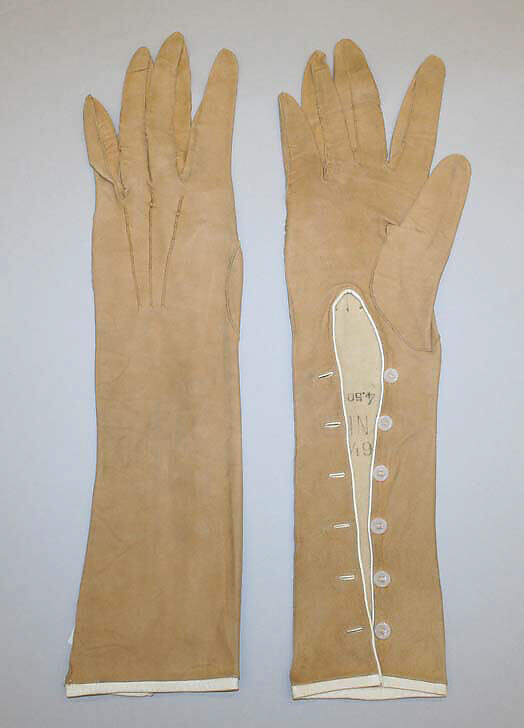

Jean Béraud (French, 1849-1935) • Nous Rentrons! (We're Going Back!) • Late 19th century
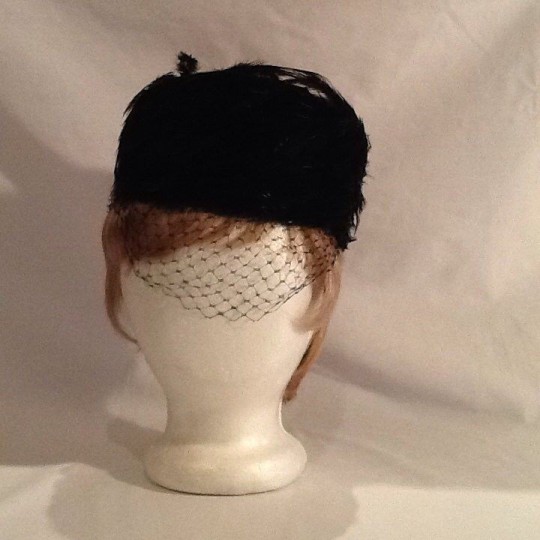
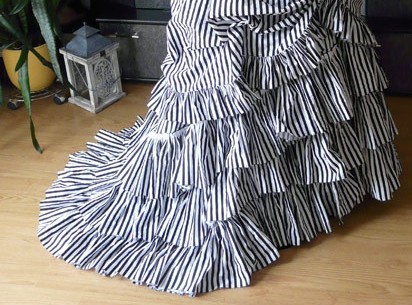
Sources:
Frost, S. Annie (1870) . Outdoor Dresses - Riding . The Art of Dressing Well. A Complete Guide to Economy, Style and Propriety of Costume (p. 52) . Dick & Fitzgerald . https://www.loc.gov/resource/gdcmassbookdig.artofdressingwel00fros/?sp=9&st=image&r=-0.246,-0.037,1.397,1.627,0
Pinterest
Wikipedia
#fashion history#art history#victorian fashion#victorian fashion rules#jean béraud#19th century paris paintings#ludwig passini#art#painting#genre painting#the art of dressing well#art & fashion#art & fashion history blog#the resplendent outfit
17 notes
·
View notes
Note
List 5 facts about a favorite sim of yours, and send this to simblrs whose sims you adore 💜
I'm sorry this is so late! I got terribly distracted.
I'm going to talk about Lady Venetia Beaumaris Gracefield, as she will be taking quite a prominent role in the Bachelor Challenge! (She's the lady in black, of course.)

Lady Venetia's actual name--as written in the baptismal records--is Mary Anne Venetia Beaumaris, as the parish priest disapproved of the name "Venetia" due to associations with Venetia Stanley, the scandalous society woman. When Mr. Beaumaris insisted upon the name, he added an extra saint's name for good measure. Of course, the family ignored the correction, and she was only known by "Venetia" except for official documents, religious purposes, and letters from the more prim and proper great-aunts. Venetia, upon her marriage, quietly dropped the "Mary Anne" out of her signature, and never looked back.
She has five living children, ranging in age from fifteen to seven. Their names are Frederick, Beatrix, Humphrey, Noel, and Sophia. Frederick and Humphrey attend a posh boarding school in London. Noel is already serving in the Navy, and the girls are educated at home. She is not a terribly affectionate mother, but cares for them anyways, like she cares for her rose-garden; she will be happy when they are all grown up, married, and out of the house so she can have adult conversations with them. (Noel will be perfectly fine, for anyone who's seen "Master and Commander" and gotten anxious reading that; he will die at the age of seventy-four, in his sleep, on land, surrounded by friends and family, though of course Venetia doesn't know this, and neither should any of us...)
Venetia is not a merry widow, despite her fondness for fun and games and salacious gossip; she was deeply hurt by her husband's death some years ago. It was very sudden, and the precarity she and her children experienced until the (highly contested) will was settled and her 'regency' for her eldest son was in place was not something she enjoyed. Not to mention, you know, her husband died, and she quite liked her husband! She won't marry again, mostly because she is done with having children and wants to be absolutely certain she won't get a late-in-life surprise!
She is a prolific letter-writer, and keeps everyone she knows well up-to-date on every piece of gossip and every event she knows of. This ranges from "who spilled tea on their new silk sacque" to details of the militia training that would make the commander blow a gasket if it were to fall into enemy hands to a fevered account of the illness of Mrs. Y's prize pig. (All in the same paragraph, if not in the same sentence.) Venetia also keeps a secret log of every letter she's sent, plus a description of the contents, because she frequently gets replies stating, in essence, "Venetia, WHAT are you talking about, I don't remember anything about Mrs. W's ugly child..."
Venetia secretly--and guiltily--hopes that either Humphrey or Noel will inherit Ferncombe Hall when Gregory dies. After all, there's no guarantee that one will have children, let alone have children who meet the requirements for the entail. (Not that she has such a problem, with three healthy boys.) She knows she's not supposed to think such things, and it would be awful if she borrowed trouble for her brother and his family. But it would make her boys' prospects a bit sunnier, with Humphrey not having a parish living to give him a house and Noel having to be very careful with his prize-money if he remains in the Navy, if there was a house and income for one of them. Her idea of making up for this is to get Gregory settled, and then hope that he produces a litter of children as quickly as possible, so that her boys' chance of inheritance keeps being bumped down the ladder.
11 notes
·
View notes
Note
i know this question is very general, but is there a list of the types of mantuas/robes there is out there? i thought there was only robe a la francaise, but it turns out that there are robe a l’anglaise and robe volante? are there more?
Thank you for the question! I'm actually working on a post about this specific subject! Or it will be more broadly about all the types of dress from 18th century. I want to do an in depth look and there's still some research to be done. It might not be my next post so I'll give a quick overview of mantua anyway here.
Mantua and It's Variants
So there indeed is more than robe a la francaise, robe a l'angaise and robe volante! Mantua was developed from banyan, which was a dressing gown used by both men and women and inspired by Japanese kimono. It was brought to Europe by the Dutch East Indian Company in mid 17th century. It was a very casual clothing, used only in home. In 1680s it was developed into a little more formal dress, appropriate to use outside in casual situations. The formal dress had a highly boned bodice and was used without stays. It was rigid and uncomfortable, and so naturally there was a need for a more comfortable casual dress that's not only reserved for home.
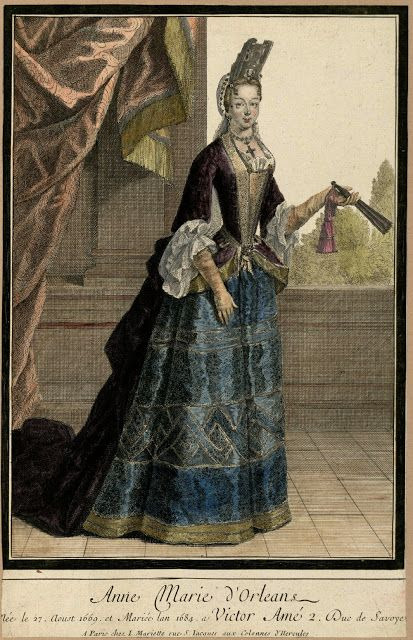
Here's an early mantua from 1680s worn with stays exposed in the front and contrasting fine petticoat. It became an instant hit. It was used with stays to still get the fashionable silhouette, but the mantua itself was very loose. It was draped to fit the bodice and fastened with belt. It was more comfortable and less restrictive and it could be easily adjusted for body changes, pregnancy and other people. It very quickly became the popular mode of clothing and in 18th century was developed into a lot of different dresses, though the old type of boned dress was still used as the court gown.
Robe Volante
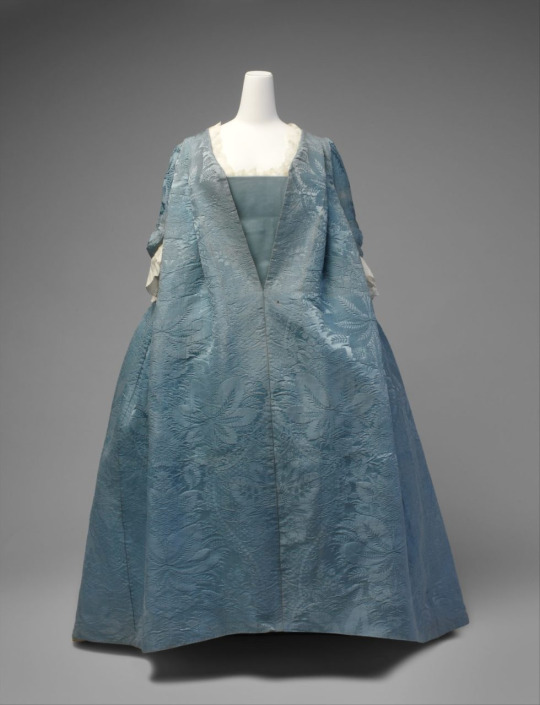
Robe Volante was a transitional dress from mantua to robe a la francaise in the early 18th century. The example is from 1731. It was basically mantua, except box pleats in the back and not belted to be fitted. It was only used in comfort of home, but young fashionable women started wearing it in casual park outings which at first cause a stir. After that it quickly developed into the robe a la francaise we all know and love today.
Robe a la francaise

Robe a la francaise is the most iconic Rococo mantua. It was also called sack-back gown or sacque because of the loose box pleats in the back. As said earlier it started as very informal dress. Like in this example from 1731 it's used in casual outing in a park. It's very loose in the back and front. This maybe could still be called robe volante as it's very much in the transitional phase and these terms are loose and we'll see how hard they are to pin down.

Later in the century it became very formal, the only more formal dress was the court gown. You might start to see a pattern here. It reached it's peak in elaboration and formality in 1770s like in this example from 1775. The formal gowns became extremely wide by 1770s. The pleats started to be sewn closed and not just pinned.
Pet en l'air
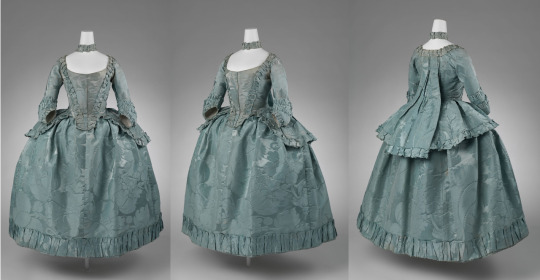
Pet en l'air was a short version of robe a la francaise. It came in to use fairly early in 18th century as robe a la francaise home version. It wasn't appropriate to wear it outside, but it was formal enough to receive quests in it. It started as about knee length but got shorter towards the end of the century. This example is from 1770s. And like everything else it became more formal, women also started to use it outside in as an informal wear in 1770s and 1780s.
Robe a l'angaise
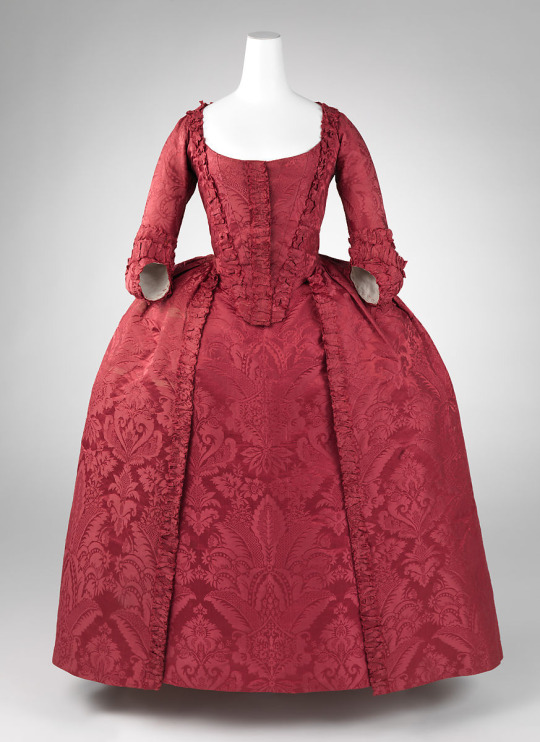
Robe a l'angaise was popularized in the latter half of the 18th century. It was English origin as the name suggests. The English had a more subdued fashion than the French and it shows in the robe a l'anglaise. It was also more casual than the robe a la francaise which at that point had become formal. It was also called closed-bodied gown because the bodice was closed at the front, unlike sacque, and the pleased were in the back too stitched to be fitted to the body. In 1780s the bodice started to be sewn out separately and the pleats were gone. It also became formal as robe a la francaise went out of fashion because of the political tensions encouraged a less elaborate form of dress.
Round gown
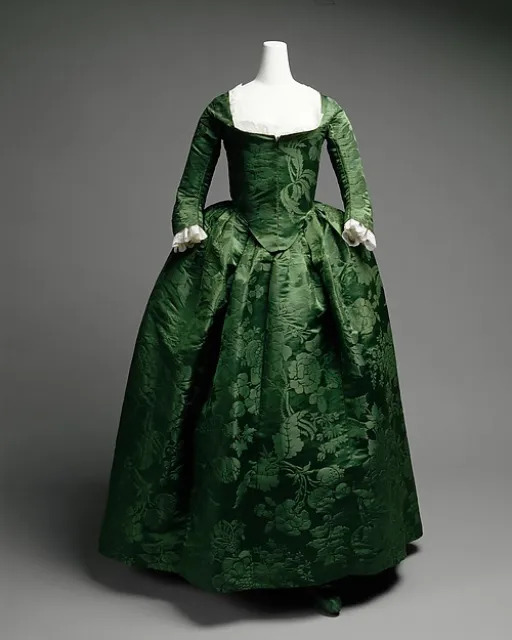
Round gown was otherwise the same as robe a l'anglaise except it was not robe at all and the skirt was too fully closed. It was very casual dress earlier in the century and in 1780s became very popular and eventually turning into the Regency dress. Term round gown is sometimes used interchangeably with robe a l'anglaise.
Robe a la polonaise
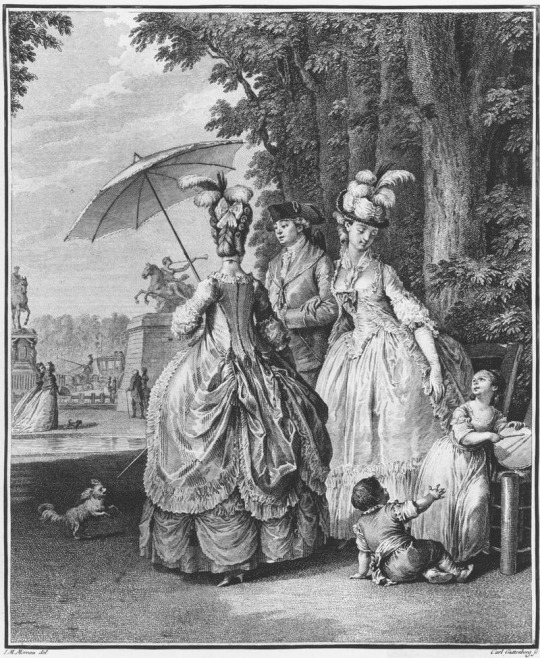
Robe a la polonaise, or polonaise, was used in 1770s and 1780s. The example is from 1777. It developed in France from robe a l'anglaise as that was popularized in France. The name comes from Polish as apparently some part of it was inspired by Polish national dress, but that could be just what the French said at the time to make it more "exotic". It has the sewn down pleats of robe a l'anglaise, but it was sometimes open in front and only pinned at the top. There were though a examples with closed bodice in the front. What made it polonaise though was the skirt part was draped up at the back, making it sack. This practice was started by middle class women, who wanted to prevent the skirt from getting dirtied as walking outside and it became fashionable. As the use of outside walking suggests, it was formal enough to use outside but quite informal and not for any fancy occasions.
Robe a la turque

We are starting to reach some of the most confusing dresses of the time, which mostly happened around 1780s. Robe a la turque was supposedly inspired by Turkish fashion. It was fashionable in 1770s to 1790s and developed from polonaise. The example is from late 1780s. What is usually considered robe a la turque is the robe with bodice open at the front except joined at the very to, and the skirt of the robe not being draped up like in polonaise. As polonaise would often have the same type of bodice. But it gets weird since the example I'm using here is sometimes labeled robe a l'anglaise and there is other weirdness around what was called polonaise and levite (which we'll get to) etc. Here's a blog post that talks about well how confusing this time period is.
Robe Levite
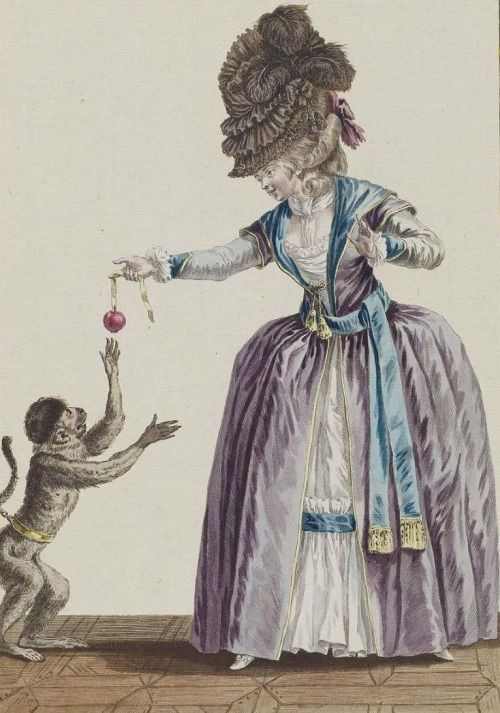
Robe Levite or robe a la Levite or only Levite was popular around the same time as polonaise and turque. The example is from early 1780s. It was again an new type of more casual dress. The back is sewn fitted like in other robe a l'anglaise variants, but it's open and more robe-like. In some examples I've seen the front of the bodice is pinned together though. The maybe most defining characteristics is the sash on the waist.
I think I remembered everything, or I hope I did because I reached the image limit. There's of course more types of dress, like the court gown, chemise a la reine and the bed gown, which were not mantua variants. And I have to reiterate, these term are often very vague and used interchangeably. Fashion was changing so rabidly at the time there were many contemporary terms used in chaotic ways, and it has become even more muddled as later terms have been applied to earlier modes of dress. These are my interpretations of the terms and I'm not going to claim they are the right ones, but other people have used the terms similarly so I'm not just pulling it out of my ass either.
#answers#fashion#history#fashion history#historical fashion#dress history#rococo#18th century fashion#rococo fashion#historical clothing#mantua#robe a la francaise#robe a l'anglaise
183 notes
·
View notes
Photo


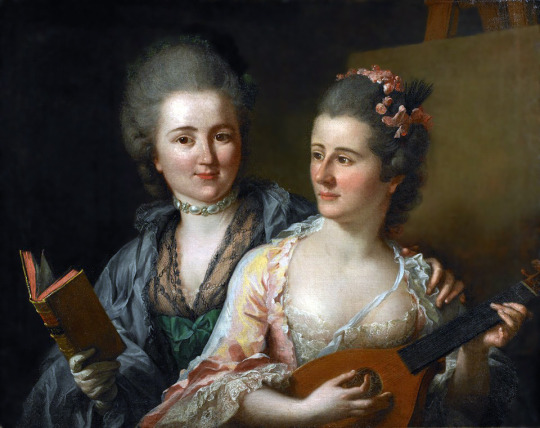

Back to the 1770s -
Top left 1770-1775 Front of robe à la Française (Metropolitan). From tumblr.com/antiquelaceartist 2048X2743.
Top right 1770-1775 Back of robe à la Française (Metropolitan). From tumblr.com/antiquelaceartist 2048X2883.
Second row 1776 Friederike Elisabeth and Wilhelmine Oeser by Johann Tischbein the Elder (Goethe Haus - either Frankfurt am Mein or Weimar, Germany). From tumblr.com/la-reinette 960X760.
Third row 1778 Countess of Fries Portrait by Alexander Roslin (location ?). From Merinok's Facebook pages 1440X1800.
#1770s fashion#Louis XV hashion#Louis XVI fashion#Georgian fashion#rococo fashion#robe à la française#sacque back#Friederike Elisabeth and Wilhelmine Oeser#Johann Tischbein the Elder#straight hair#square décolletage#floral headdress#Countess of Fries#Alexander Roslin.feathered cap#fur-trimmed robings#fur trim#three-quarter length sleeves#lace engageantes#gloves#fan
37 notes
·
View notes
Text
youtube
#small youtuber#sewing youtuber#sewing project#robe a la francaise#sacque gown#sacque back gown#historical costuming youtuber#historical costuming#historical hand sewing#historical fashion#hand sewing project#creator#18th century#18th century fashion#modiste#handmade garment#Youtube
0 notes
Text


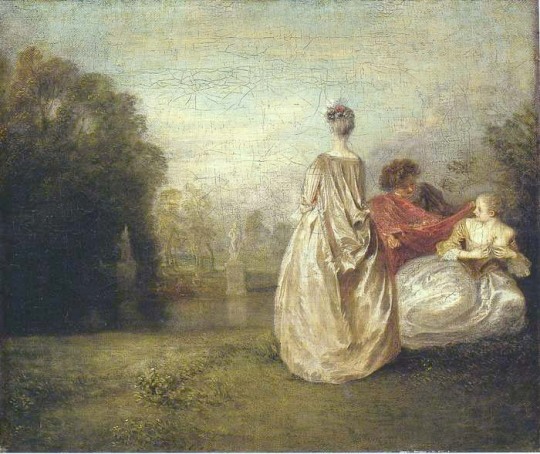
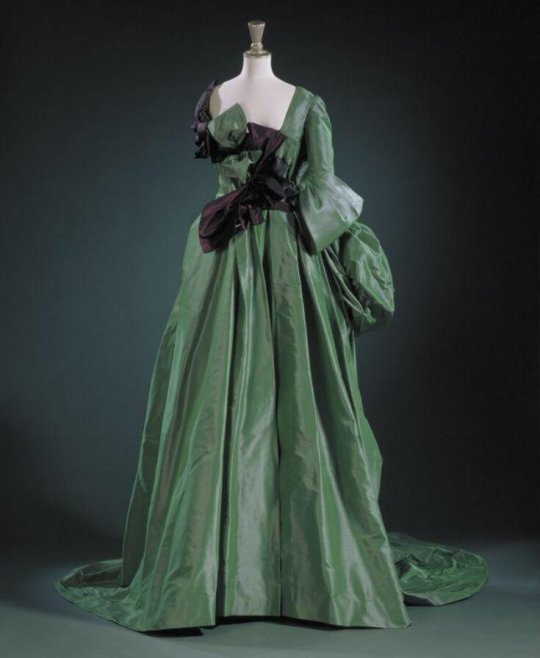
Fashion history repeats itself. Sack gown to Watteau pleats to modern deconstruction of the sack gown.
Image 1: 1760s-1770s sack gown. Back view showing the two double box pleats. Also called a sack-back gown, sacque, or robe à la française. This would have been worn over a pair of stays, and hoops or panniers to support the skirt.
Image 2: 1890s tea gown. Back view showing Watteau pleats. Unlike the 18th century sack, tea gowns were informal, at-home wear. The bodice of tea gowns was often boned and the linings were fitted, even though the outside looks loose and flowy. Theoretically tea gowns could be worn without a corset. But, people were wearing these to receive friends at their home for tea, and not wearing a corset would likely feel similar to going bra-less today. I personally would feel a little too exposed having friends over with no bra, even if I'm otherwise in comfy, informal clothes.
Image 3: The Two Cousins, 1716 painting by Antoine Watteau. Pleated or gathered backs were called Watteau pleats starting in the 19th century, taking inspiration from the sack gowns depicted in Watteau's paintings. No one in Watteau's time or the rest of the 18th century would have called them Watteau pleats or Watteau gowns.
Image 4: Watteau, 1996 Vivienne Westwood evening gown, inspired by 18th century sack gowns, but with modern elements like the asymmetry of the trimmings and side-hoop pouf. The description from the V&A says this gown has double box pleats in the back, like the 18th-century sack gowns, but weirdly, does not seem to have a view of this gown from the back.
#fashion history#v&a museum#victorian fashion#tea gown#19th century#18th century#19th century fashion#sack gown#watteau
8 notes
·
View notes
Text

Baby Knits Are So Cute
Anyone who starts knitting soon learns that there are many adorable clothing and toy patterns for little kids. These patterns are so cute that if you have no little kids to knit for, you start looking around for some.
This vintage baby sacque pattern is knitted side to side, that is, you begin at one front edge and knit all the way around to the other front edge, then seam under the arms. The yoke is created very simply: only knit one color all the way to the edge, turn back earlier for the other color. Then crochet picot trim goes all around the edges. It dates to 1959 to the Good Housekeeping Complete Book of Needlecraft, and was reprinted in the New version which came out in 1971 which has some wacky patterns added in. While the babywear seems to have not changed from one era to the next, the womenswear shifted wildly.
I could not achieve the stitch gauge required by the pattern, so I recalculated the directions based on the gauge I got and the measurements indicated. I will explain that later, but for now, I am simply enjoying the pleasure of a small success in making.
#knitting#knitting patterns#1950s knitting patterns#vintage knitting patterns#vintage knitting#hand knitting#baby sacque#baby knits#making#makers#vintage needlework#knitting book#vintage knitting book#costume history#dress history#fashion history
3 notes
·
View notes
Text
One thing that I really love about the costuming in Our Flag Means Death is the way that Mary Bonnet's look changes so significantly through her arc.

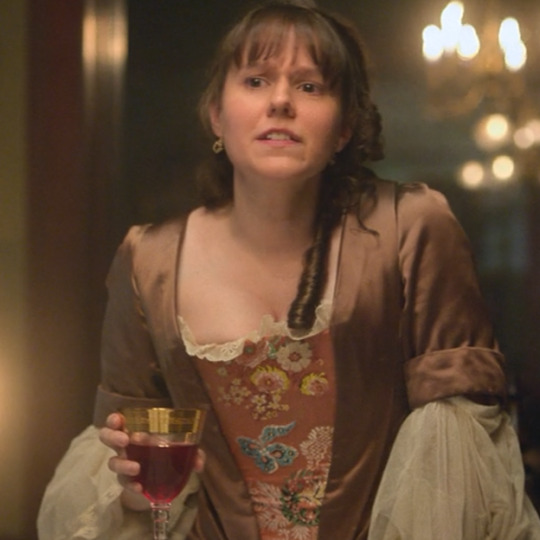

In Discomfort in a Married State, married and pre-married Mary wears reasonably historical clothes. The wedding dress is a quite good 1750s-1760s design (I think it's a sacque, ie a robe à la française) with perfect self-fabric sinuous trim, and I do mean perfect. The brown satin mantua has the shorter sleeves with cuffs of the late 1710s-1720s and is worn with a fashionably unmatching stomacher that looks kinda like a 1710s-1720s bizarre silk brocade. The gown she wears when being painted with Stede is a style from the ~1660s, a little awkwardly fitting because the neckline's a bit too high, but the shape, the placement of the sleeves, the style of the trim are all quite right. Other costumes like the yellow gown or the one she wears when berating Stede as a hallucination are also pretty accurate to the late 18th century, particularly the hallucination costume. Her bangs are modern but the long sausage curls with one hanging over the shoulder are really common in early 18th century portraiture. (Please forgive my potato-quality screencaps.)

Self-actualized, happy Mary, on the other hand, is not dressed in reproduction-style costumes. She generally wears a white blouse with a black skirt, something not even really possible in the 18th century - this is a kind of outfit that picked up as informal morning dress in the 1850s and can be found from them on. (The short-sleeved blouse is fully modern; the long-sleeved one is ambiguously 19th-20th-21st century.) That checked jacket is also not from a time period, either: the big turn-back cuffs are reminiscent of 18th century gowns and coats, but the overall look - flaring sleeves, lapels, open over a white shirt but buttoned at the waist - reminds me a ton of riding habits from the 1840s-1850s. Her hair is entirely up in a modern kind of bun.
This is way more in line with the "give no shits" vibe of the costuming for the pirates - modernity where you want, historical references in other places, overall it's a Look that isn't beholden to anyone. And it's not like this is what all the widows wear - actually, the rest of them wear pretty reasonable 18th century gowns, even Evelyn. Which I think says something about Mary being the one who's truly living her best life.
#ofmd#ofmd costuming#our flag means death#mary bonnet#god it's impossible to find screencaps of Mary
69 notes
·
View notes